In an era increasingly dominated by screens and digital interactions, the tactile, intimate experience of paper is gaining newfound appreciation. For contemporary artist Elizabeth Briel, paper is more than just a medium; it is a canvas for stories that weave together history, culture, and innovation.
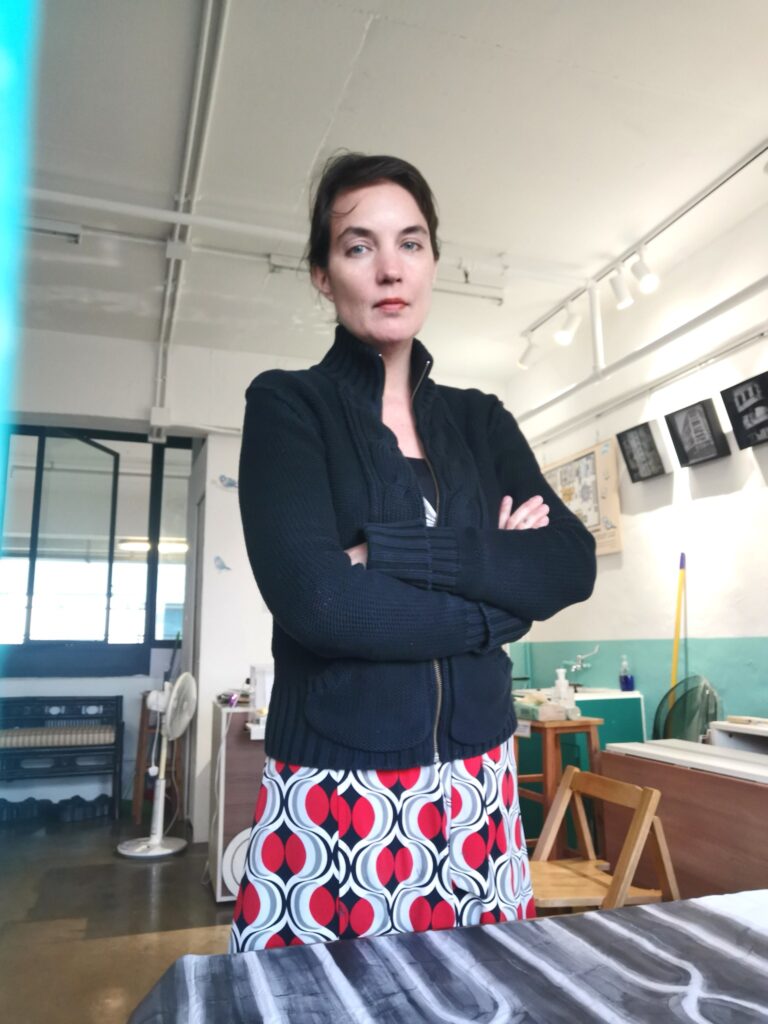
From Asia to Paris: A Creative Journey
Elizabeth has spent the last two decades traveling across the globe, immersing herself in diverse cultures, with a significant portion of her time in Asia. Her recent return to Paris marks a new chapter where she is rediscovering her artistic roots while blending traditional materials with contemporary concepts. Her work focuses on handmade paper, beeswax, and photo-sensitive inks, which are deeply intertwined with her life experiences and the rich histories of the places she’s lived in.
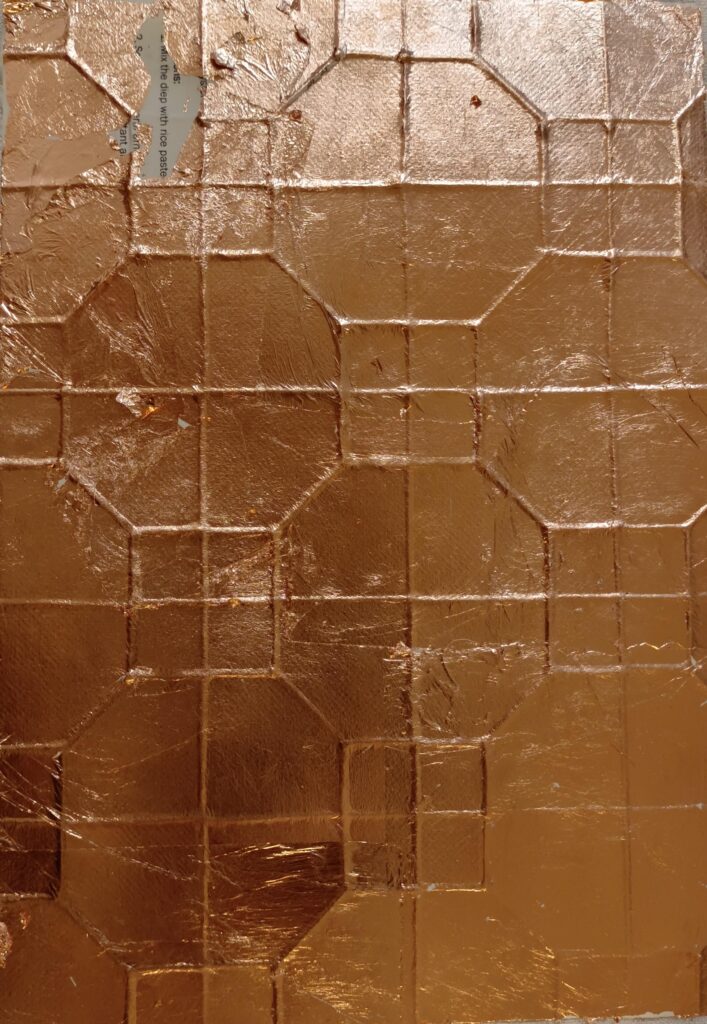
The Allure of Traditional Materials
Elizabeth’s fascination with paper started during her history studies at university, even though her academic family saw art as an unviable career. A grant to study encaustic wax painting, a Mediterranean technique, was pivotal in her journey. In Paris, Elizabeth revisits this medium, alongside cyanotype, a 19th-century photo process, using it innovatively as an ink painting medium on large sheets of handmade paper. Her creative process involves experimenting with the urban environments she inhabits, using the architectural elements around her as printmaking surfaces. This approach reflects her identity as an immigrant, frequently adapting and drawing from her immediate surroundings.
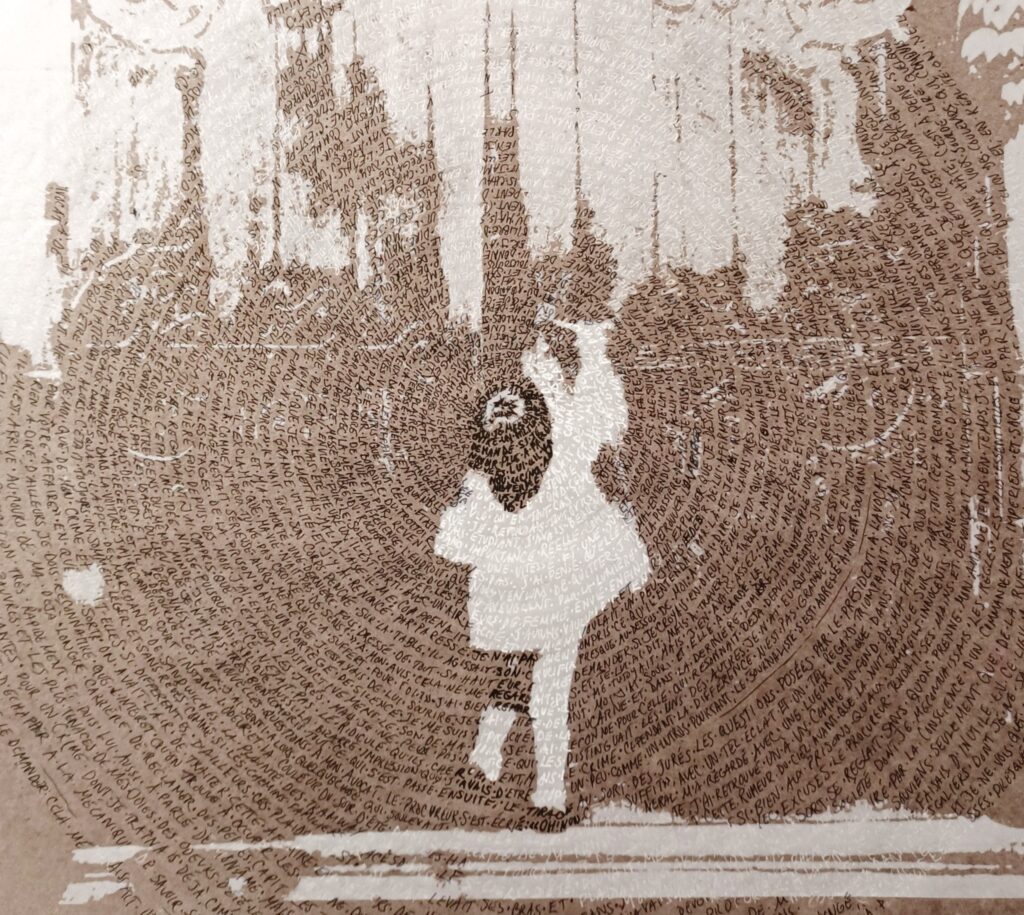
Paper: A Universal Medium with Local Roots
Elizabeth’s artistry is also deeply rooted in the materials she uses, often incorporating textiles and historical narratives into the papers she crafts. Drawing upon denim—an iconic fabric with a global presence—in her work, she creates papers that resonate with cultural significance. Her upcoming projects in Macau and Hong Kong will feature denim papers that explore themes like workers’ contributions to society and the cross-cultural influences in design patterns.
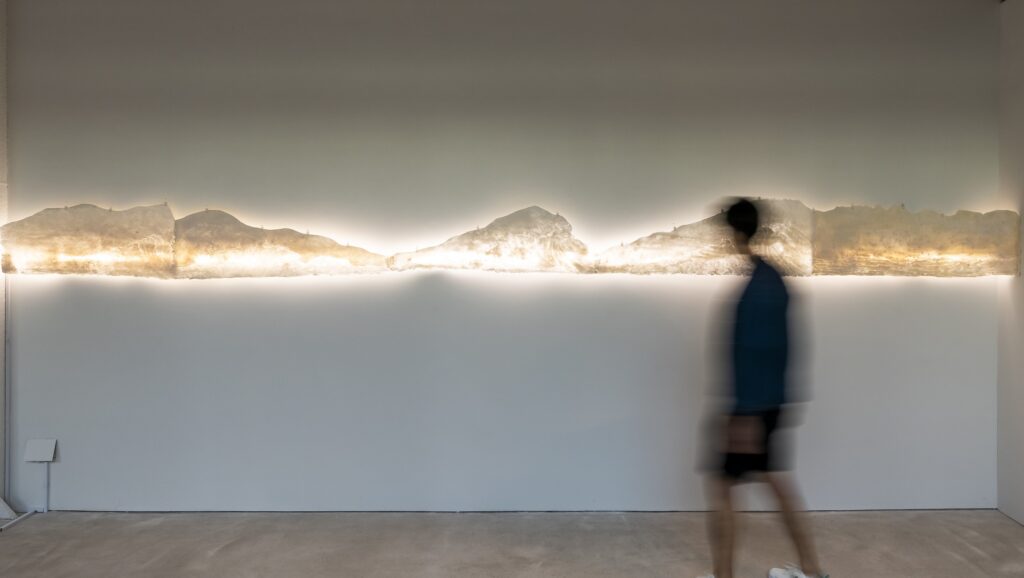
The Living Legacy of Papermaking
Historically, papermaking has played a crucial role in literacy and cultural exchange. Elizabeth leverages this legacy by using traditional methods in modern times, highlighting stories embedded within the fibers. Her “portable river”—a papermaking machine—enables her to create pulp from textiles like cotton and linen, reconnecting with centuries-old practices.
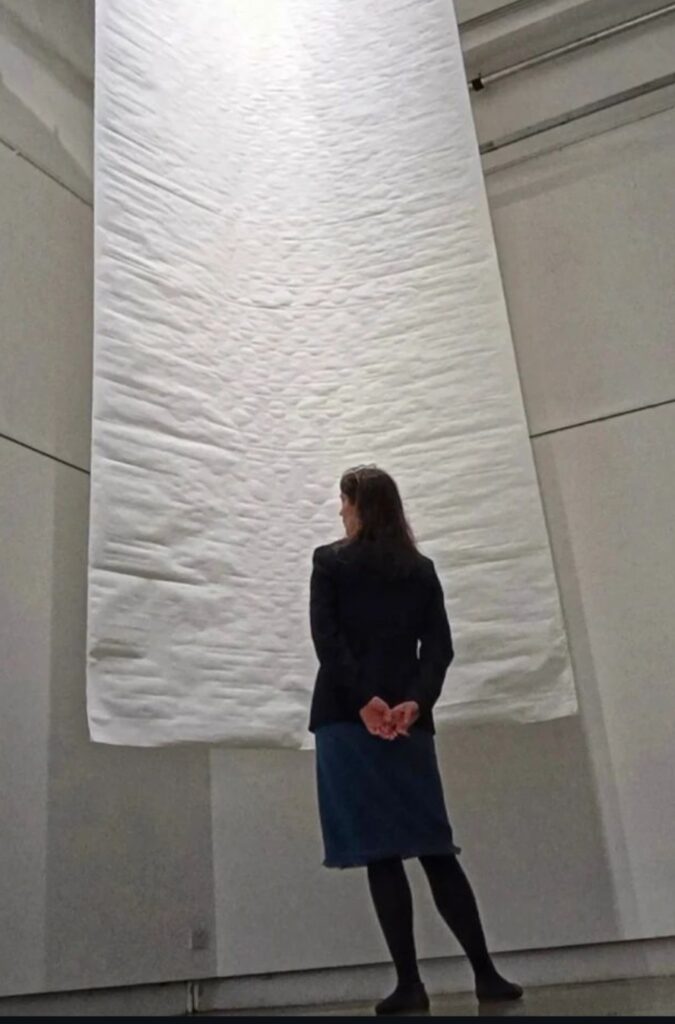
Embracing a Tactile Renaissance
As digital media increasingly overshadows physical forms, Elizabeth sees an opportunity for mediums like paper to evolve artistically. She draws parallels with the transition from film to digital photography, suggesting that the decline of paper utility could foster an environment for creative expansion.
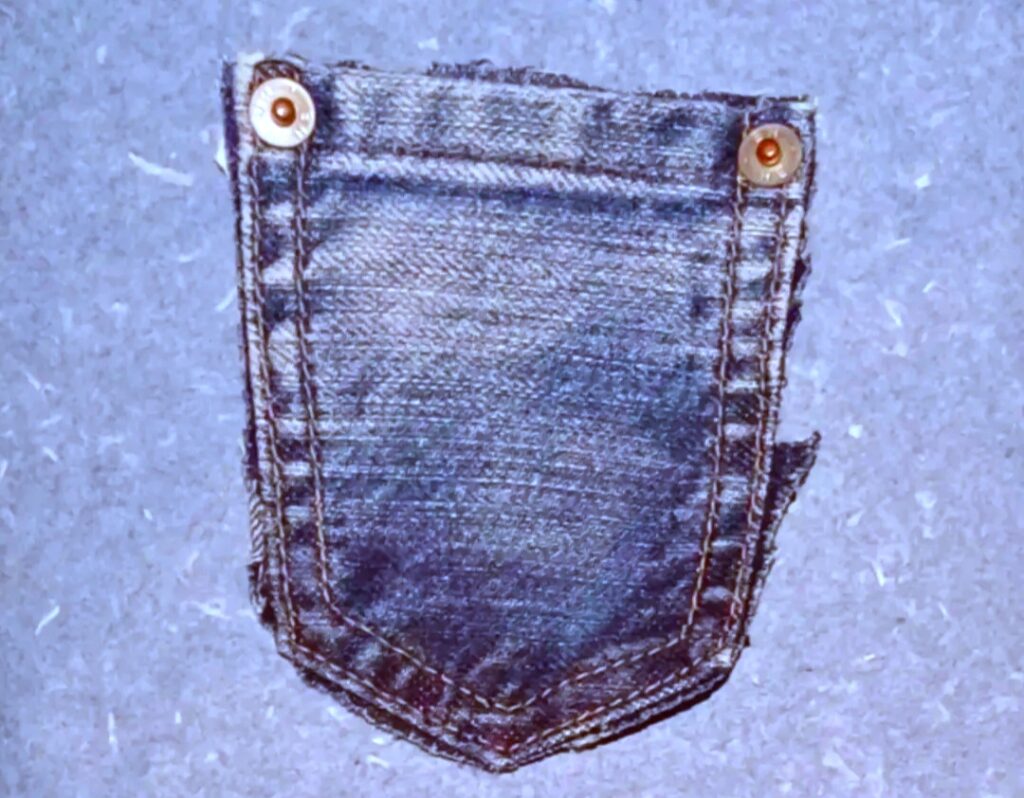
Advice for Artists Embracing Change
Elizabeth’s extensive travels have imbued her with insights into adapting to new cultural landscapes. She emphasizes the importance of reciprocal relationships with local cultures and the reflection on one’s role and contributions within new communities. Her journey of self-discovery has led her to embrace paper as her primary medium, acknowledging its connection to her heritage and surroundings. This acceptance has sharpened her focus, allowing her to create with authenticity and depth. Elizabeth Briel’s work illustrates that while the world may move towards digital, the stories, textures, and possibilities offered by paper are boundless. Her artistic journey continues to inspire those seeking to bridge the past with the present, illustrating that even in an ever-changing world, there is always room for innovation and artistry. To learn more about Elizabeth’s art, check out her art portfolio here and find more about her paper projects at her instagram here and check out her website here: http://ebriel.com .





